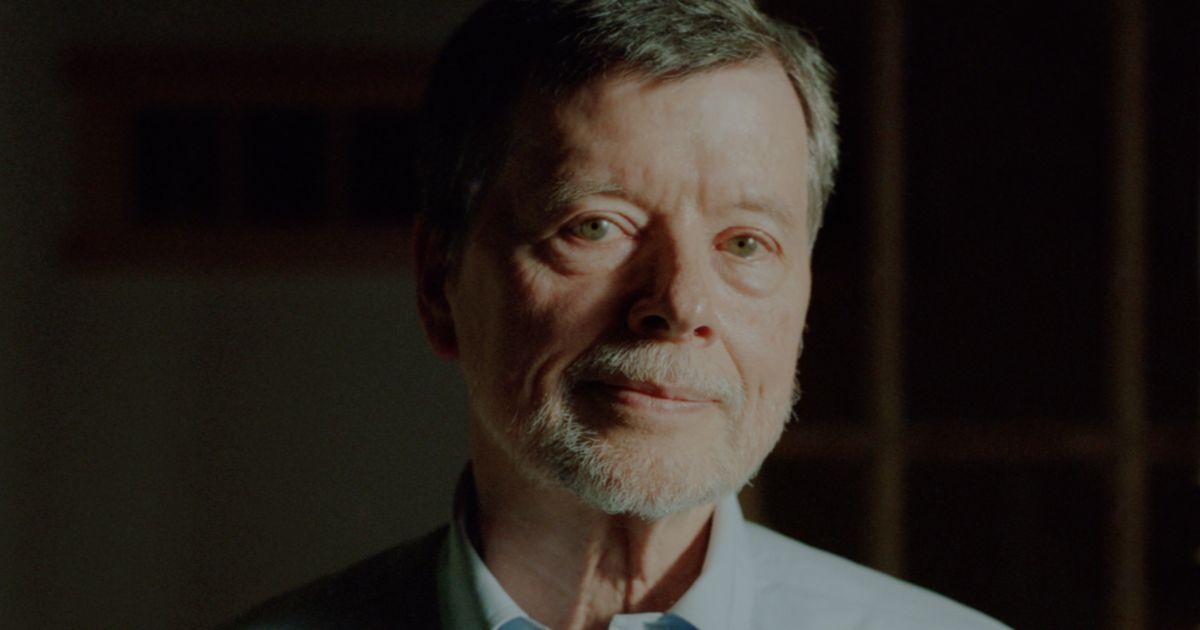
""all the lives that have been through here.""
""As you go west across the streets, you get Lafayette, a general in the Revolutionary War, and then Crosby is the 19th-century philanthropist, and then Broadway - that doesn't count - and then Mercer, a general who is wounded and dies in the Battle of Princeton," says Burns. He's animated by his enthusiasm, talking very fast. "And then Nathaniel Greene, probably the most important general after Washington, and then David Wooster, a major officer. Then West Broadway - doesn't count, again, though it used to be Laurens Street - and then Thompson, a general, and Sullivan, from New Hampshire, where I live, a very important general in the Battle of Long Island, the biggest of the war, but is also part of the extermination of the Indian villages in the Haudenosaunee and upstate. And the"
""to discuss his docuseries The American Revolution, 12 hours of lofty ideals and bloody bayoneting and the contradictions underlying "all men are created equal." (It will premiere on PBS on November 16.)""
Bowling Green sits at the southern tip of Manhattan where British New York and Dutch New Amsterdam once stood and where muskets were fired during the Revolution. The American Revolution docuseries spans 12 hours and juxtaposes lofty ideals with bloody combat and the contradictions behind "all men are created equal." Street names in lower Manhattan commemorate Revolutionary figures—Lafayette, Mercer, Nathaniel Greene, David Wooster, Thompson, Sullivan—linking everyday geography to battles, wounds, philanthropy, and actions such as the extermination of Indian villages in the Haudenosaunee and upstate regions.
Read at Curbed
Unable to calculate read time
Collection
[
|
...
]